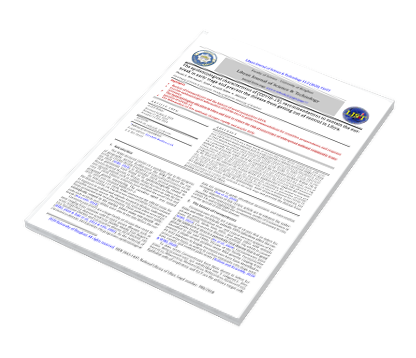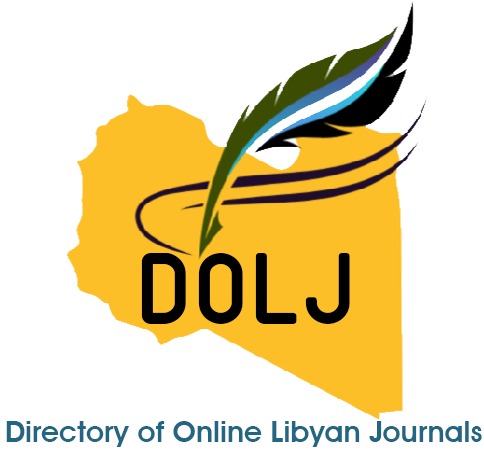The epidemiological characteristics of (COVID-19), recommendations to contain the out- break in early stage and prevent the disease from getting out of control in Libya. 1
DOI:
https://doi.org/10.37376/ljst.v11i2.2405Abstract
Coronaviruses (CoVs) are a large family of viruses that cause illness ranging from mild com-
mon cold to more severe diseases such as acute respiratory distress syndrome (SARS ) in China
in 2003, Middle East Respiratory Syndrome (MERS) in Kingdom of Saudi Arabia (KSA) in 2012,
and Coronaviruses disease 2019 (COVID-19). COVID-19 is caused by SARS- CoV-2, represent-
ing a potentially fatal disease that is of great global public health concern. COVID-19 is sug-
gested to be of zoonotic origin due to the exposure to the wet animal market in Wuhan City in
China. Human-to-human transmission of the COVID-19 and direct contact the main mode of
transmission. Therefore, the rapid spread of COVID-19 between human transmissions is a big
challenge worldwide. As the disease is not completely known, the virus may take off measures
by the WHO and the national CDC of Libya should be implemented to suppress the transmis-
sion. Ongoing investigations worldwide are important for identifying the animal source and
reservoir the disease. Currently no drugs licensed for the treatment or prevention of COVID-
19, the WHO and other health organizations should create vaccine or treatment for COVID-19.
We highlight in this review article the epidemiology, mode of transmission, symptoms, and
recommendations to contain the outbreak in the early stage and prevent the disease from
getting out of control in Libya.
Downloads










 LJST Copy rights form
LJST Copy rights form


